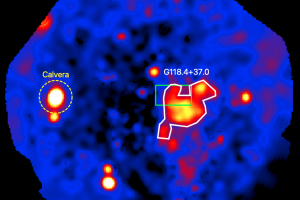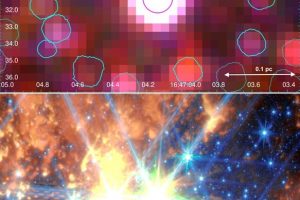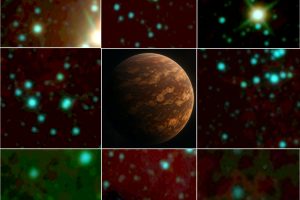Berkeley 59: an expanding cluster described in the study: “Internal dynamics and structure of Cepheus OB4. The asymmetric expansion of Berkeley 59” of B. Wiesneth (Universität Leipzig/Universidade de Lisboa)

Berkeley 59 is a young stellar clusters, which is experiencing a rapid asymmetric expansion Stars typically form in groups or stellar clusters containing from hundreds to thousands of members. Within these clusters, stars are not stationary but move along trajectories determined by the system’s overall gravity (that is, the gravitational potential of the cluster) and by their mutual interactions.
» Read more








